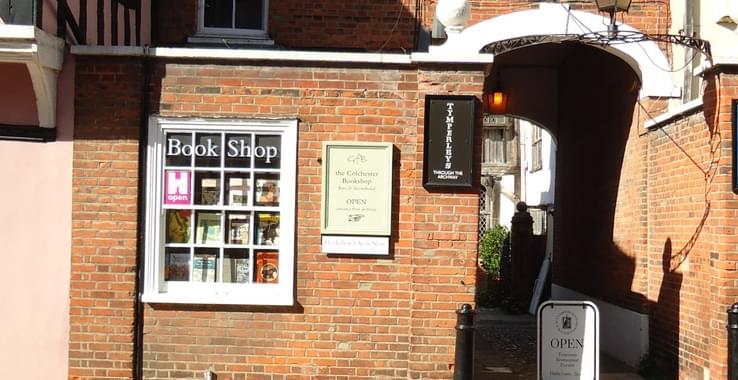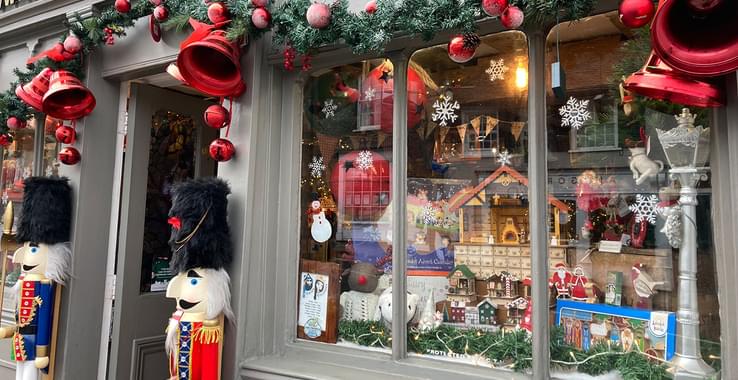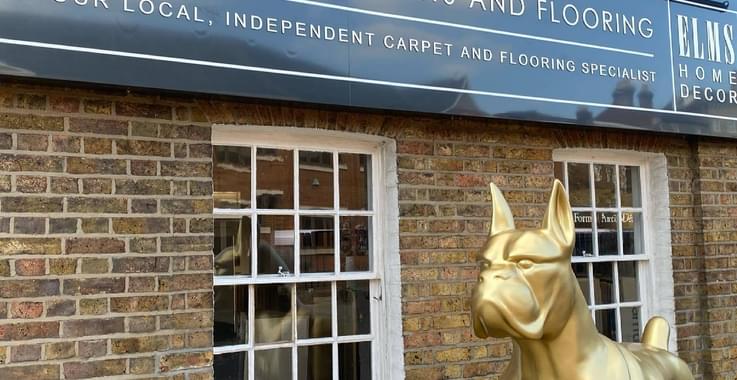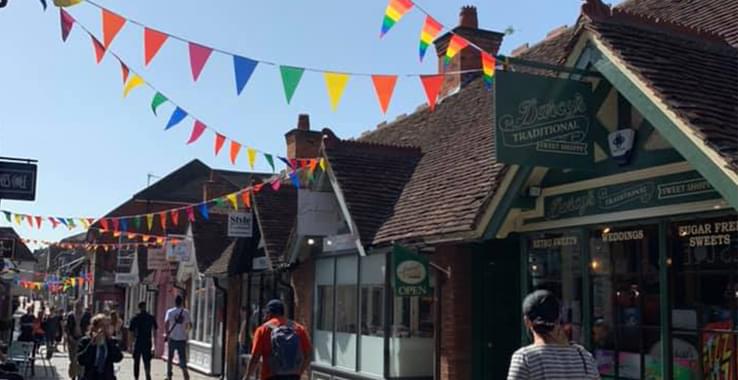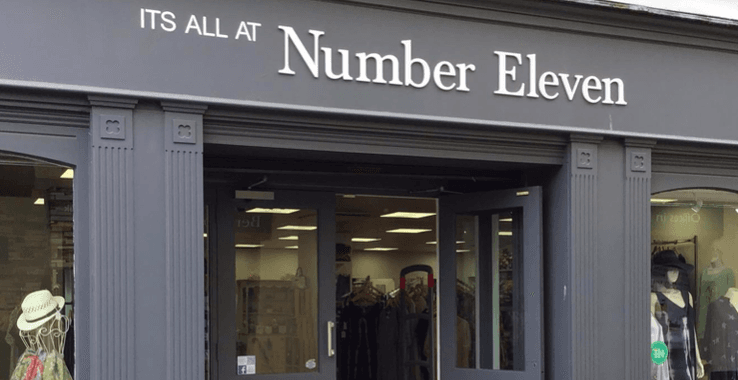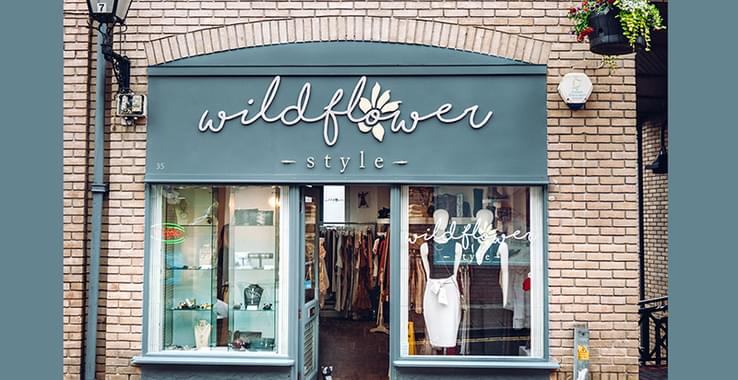
New wayfinding artwork has been installed on Sir Isaac’s Walk as part of Our Colchester BID’s Indie Vision, created by local artist Ben Coode-Adams, and commissioned by Our Colchester BID. The artwork features historical figures from Colchester scattered with bright patches of paint and the streets name.
See the image below for information on each character depicted

Character Info:
1. John Ball A 14th century priest from rural Essex, Ball was one of the leaders of the Peasants’ Revolt in 1381, for which he was executed.
2. Eudo Dapifer A Norman lord and steward to kings, Dapifer was involved in the building of Colchester Castle and founded St John’s Abbey.
3. Anglo-Saxon Cattle A valuable, multi-purpose animal in Anglo-Saxon society, cattle were used for trade, food, traction and other materials, such as leather for clothing.
4. Saint Helena St Helena was the mother of Constantine I, the first Roman emperor to convert to Christianity, and was credited with identifying Christ’s true cross in Jerusalem. Although she was Greek and never visited Britain, early English traditions claimed she was a daughter of Old King Cole. As a result, she is Colchester’s patron saint, and there is a statue of her on top of the Town Hall tower.
5. Camulos Camulodunon, the Iron Age fortified settlement which became the Roman city of Camulodunum, and then modern Colchester, was named after this Celtic war god.
6. Cunobelin Cunobelin (also known as Cymbeline) was a 1st century king who led the Catuvellauni tribe from Colchester, where he also minted coins and traded with the Roman Empire.
7. Boudica Featured here with her daughters, Boudica, queen of the Iceni tribe, famously led an uprising against the Romans, destroying Colchester.
8. Claudius’ Elephant Emperor Claudius brought the first recorded elephant to Britain (and Colchester) in 43AD during the Roman conquest, hoping to induce fear in the ancient Britons.
9. Julius Caesar & Claudius Depicted as a double headed ‘Janus’ figure, Roman Emperors Julius Caesar and Claudius were both significant during their individual reigns in the conquest of Colchester and Britain.

This sculpture, designed and built by Ben Coode-Adams with Nicol Wilson, was commissioned by Our Colchester BID and Colchester City Council as part of improving the streetscape of the city centre and supporting independent retailers and other businesses nearby. It includes characters from Colchester’s early history. Ben Coode-Adams said: “These characters were not selected to represent the great and good of Colchester – ‘famous’ people who came from Colchester, but because they represent the depth of history of the town and qualities that are intriguing.” The sculpture draws on Celtic, Roman, Anglo-Saxon and Norman imagery in the collections of Colchester Castle, and is made from painted galvanised steel.
Sir Isaac’s Walk
Sir Isaac’s Walk was named after Sir Isaac Rebow (1655-1726), a local landowner who was Colchester’s MP for many years, and also its mayor, recorder, and high steward at various times. He lived in Rebow House, at the corner of Head St and Sir Isaac’s Walk.
The historical record shows that Rebow was a corrupt politician who left the town’s finances in a terrible state, and was cruel to his family and servants.
He was also a director of the South Sea Company, and a major shareholder in the East India Company. The South Sea Company was set up to ship enslaved African people to Spain’s colonies in Latin America. It is estimated that the company transported around 34,000 enslaved people over the 25 years it traded. The East India Company was also heavily involved in slavery and forced indenture in India.
Sir Isaac’s Walk was named after Sir Isaac Rebow (1655-1726), a local landowner who was Colchester’s MP for many years, and also its mayor, recorder, and high steward at various times. He lived in Rebow House, at the corner of Head St and Sir Isaac’s Walk.
The historical record shows that Rebow was a corrupt politician who left the town’s finances in a terrible state, and was cruel to his family and servants.
He was also a director of the South Sea Company, and a major shareholder in the East India Company. The South Sea Company was set up to ship enslaved African people to Spain’s colonies in Latin America. It is estimated that the company transported around 34,000 enslaved people over the 25 years it traded. The East India Company was also heavily involved in slavery and forced indenture in India.

